
WEEKEND MUSIC PT. 36: IN CONVERSATION WITH 6LACK
Photography by Ronald Dick; Interview by Carolin Desiree Becker

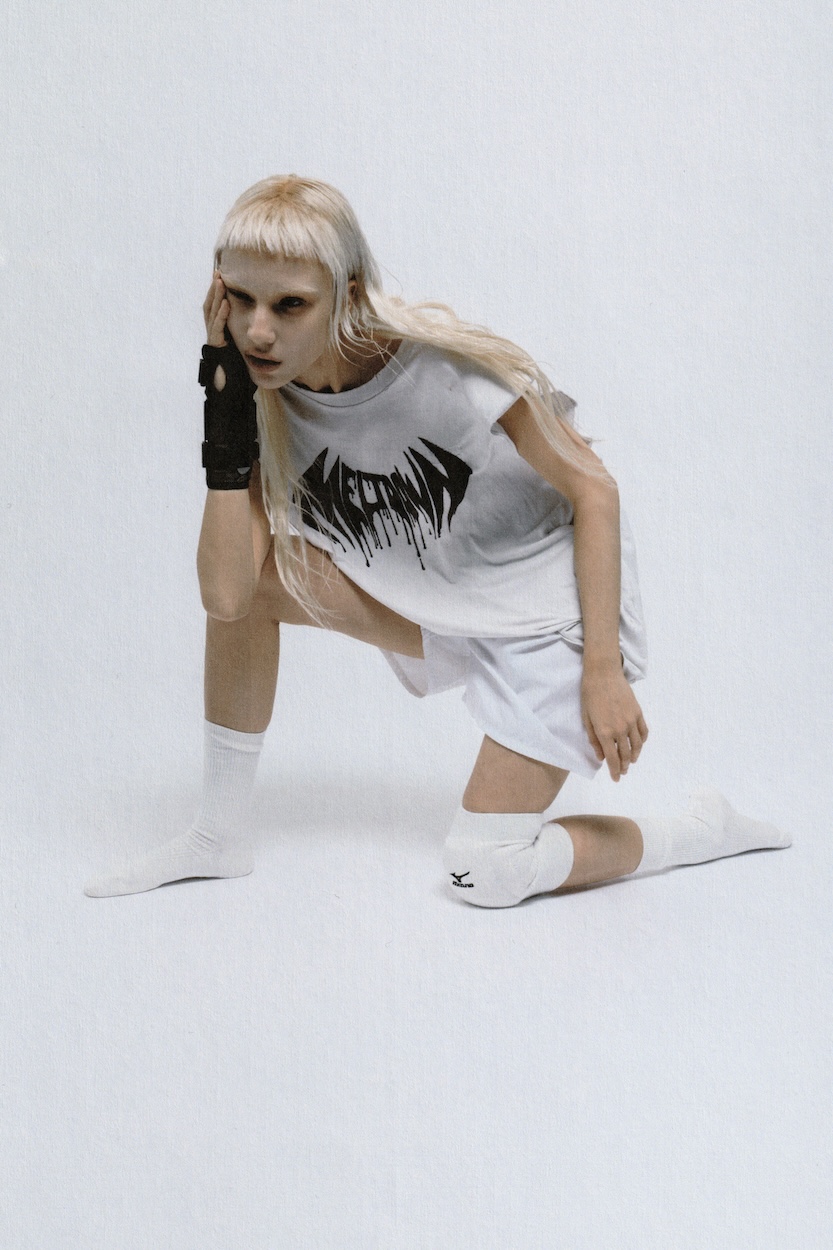
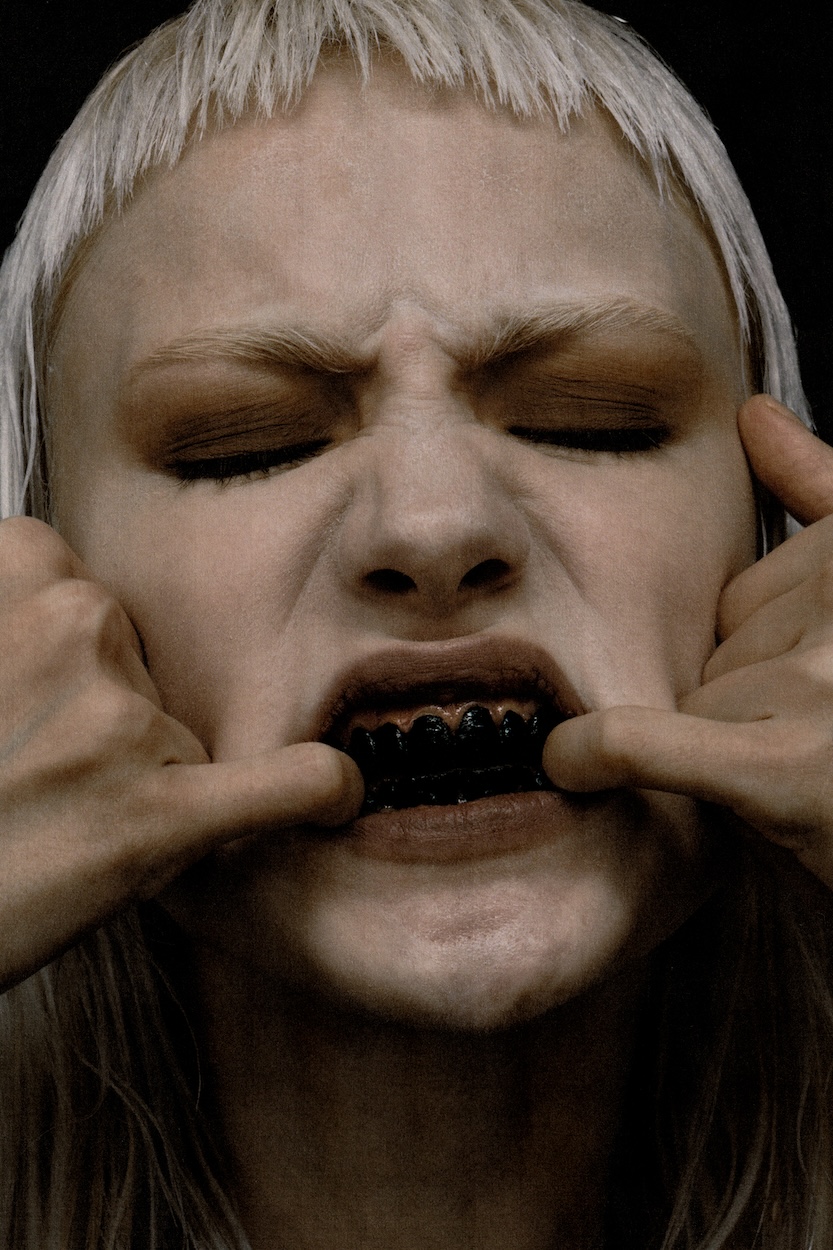
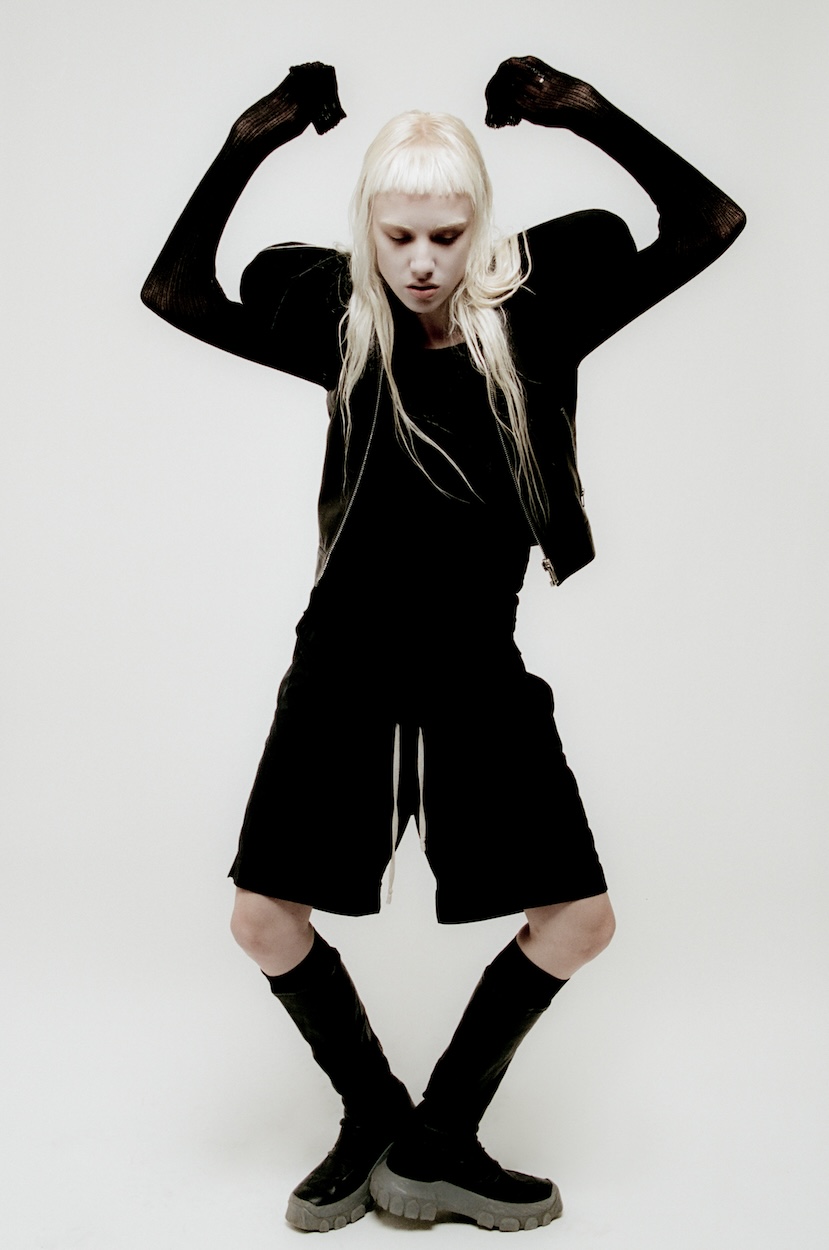
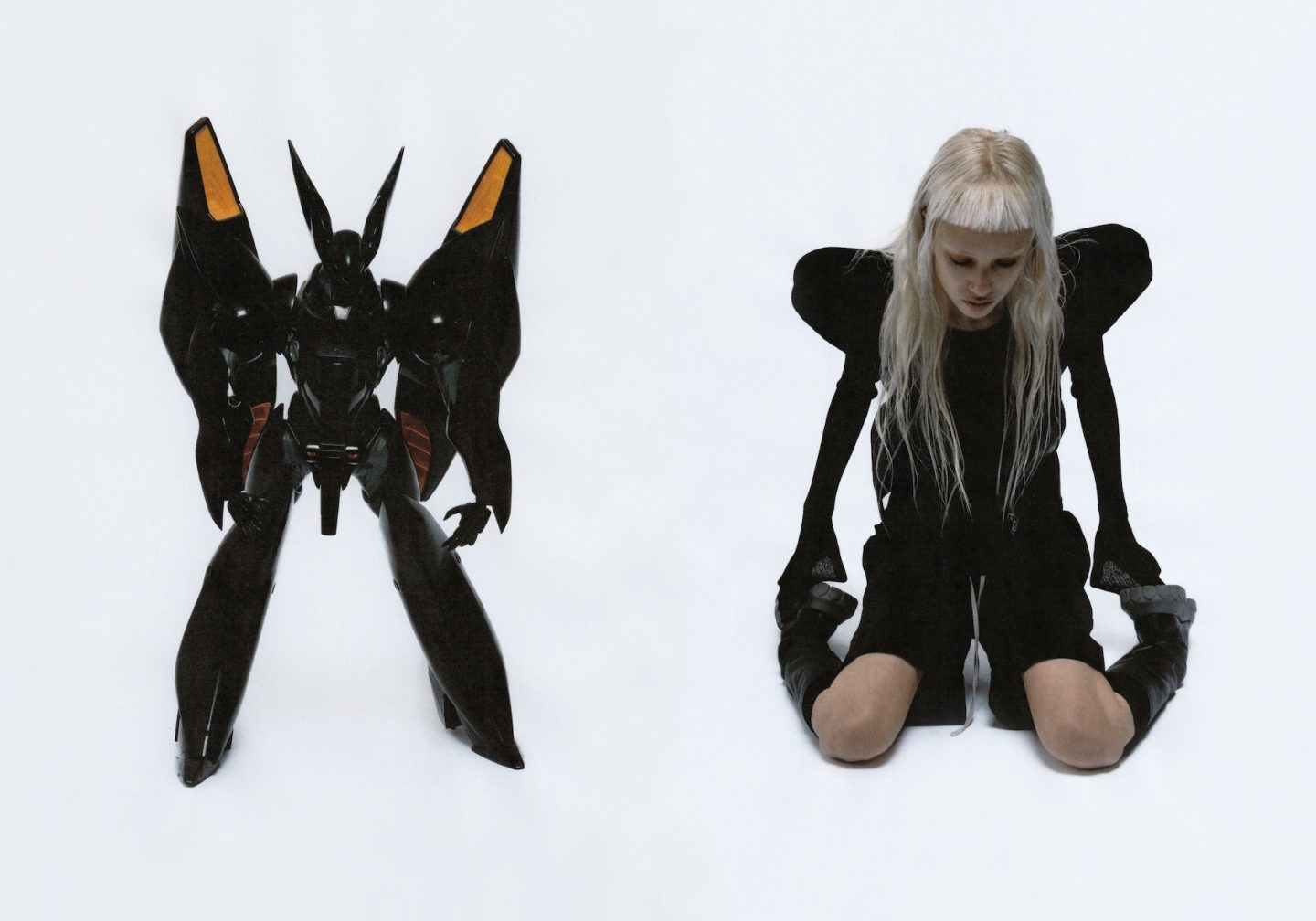
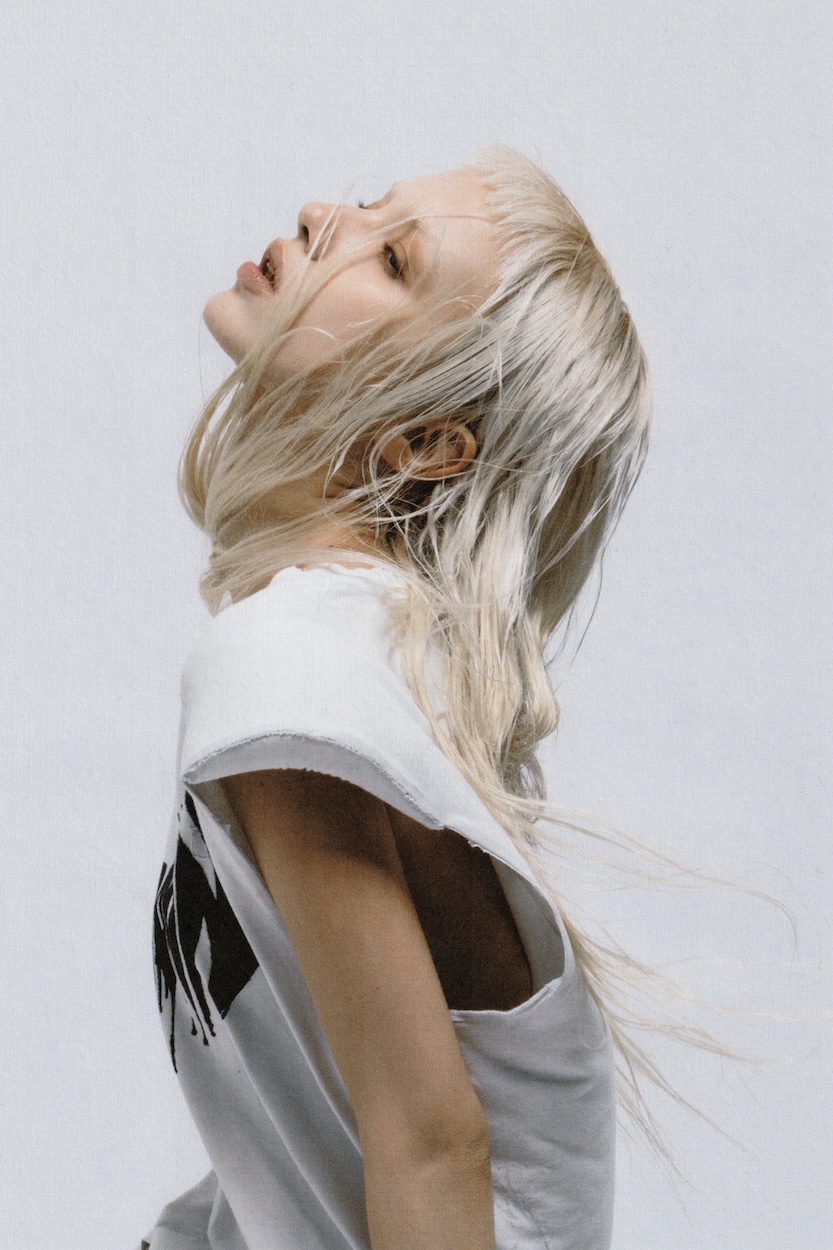
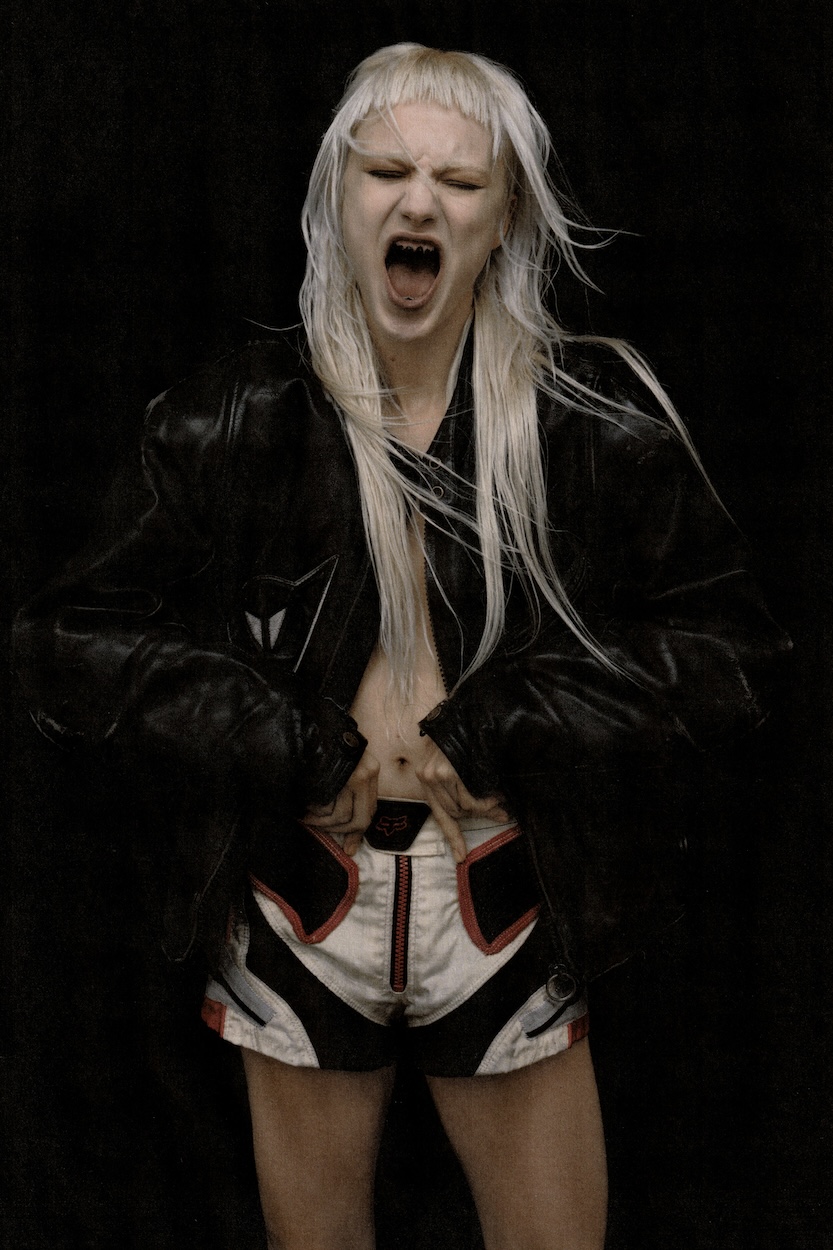
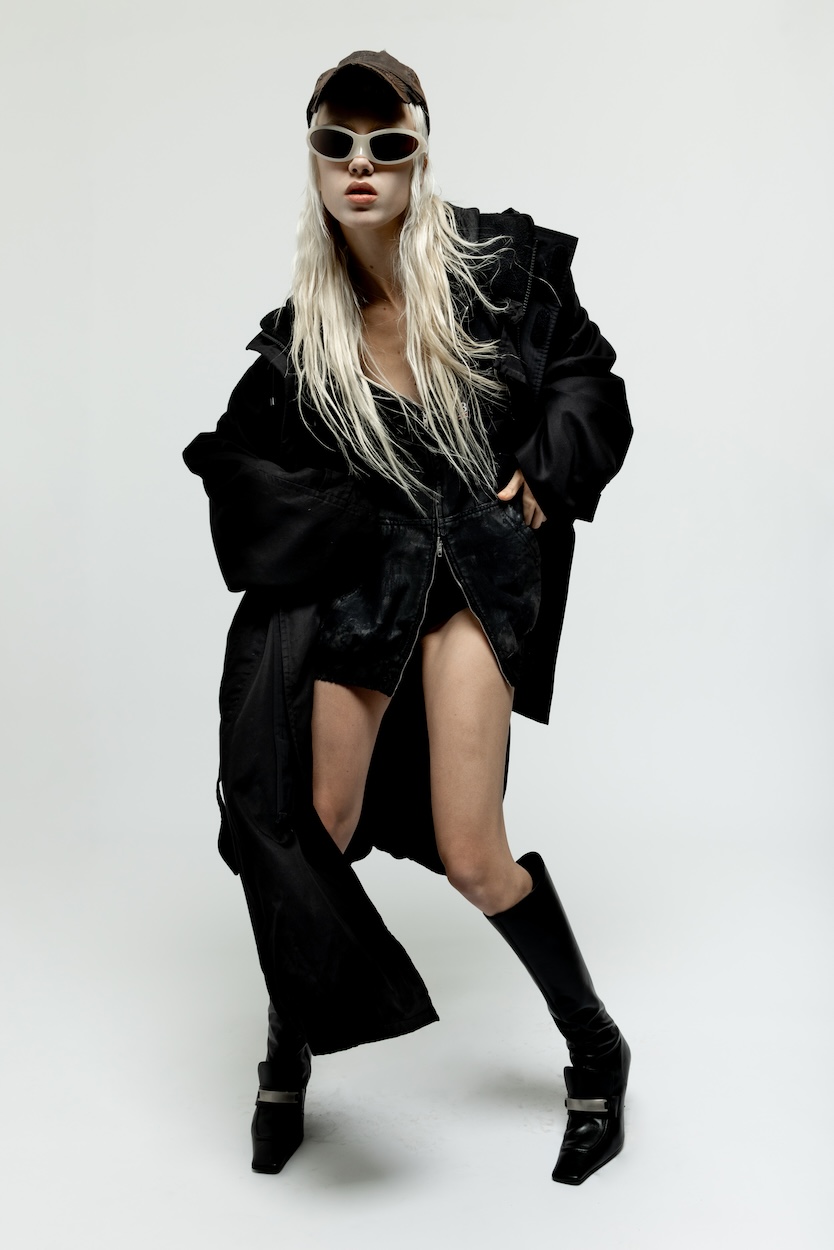
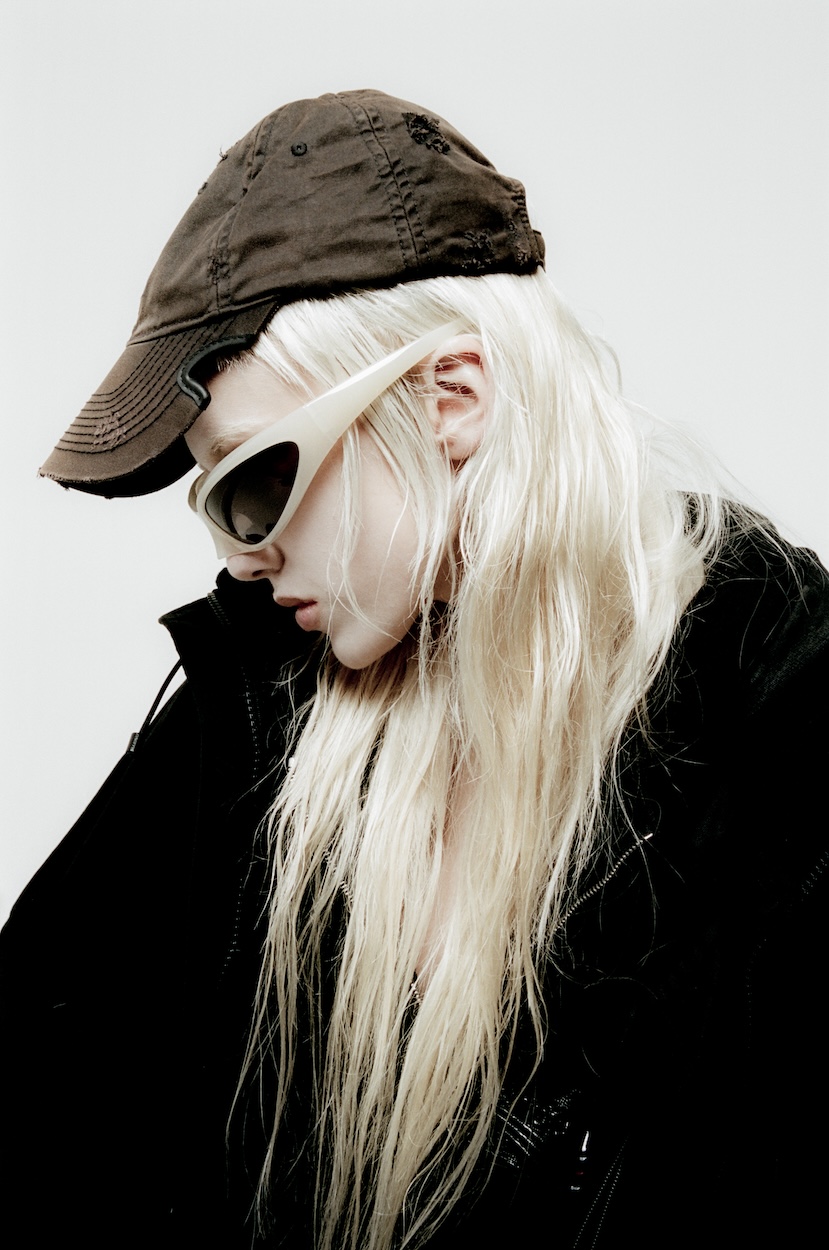
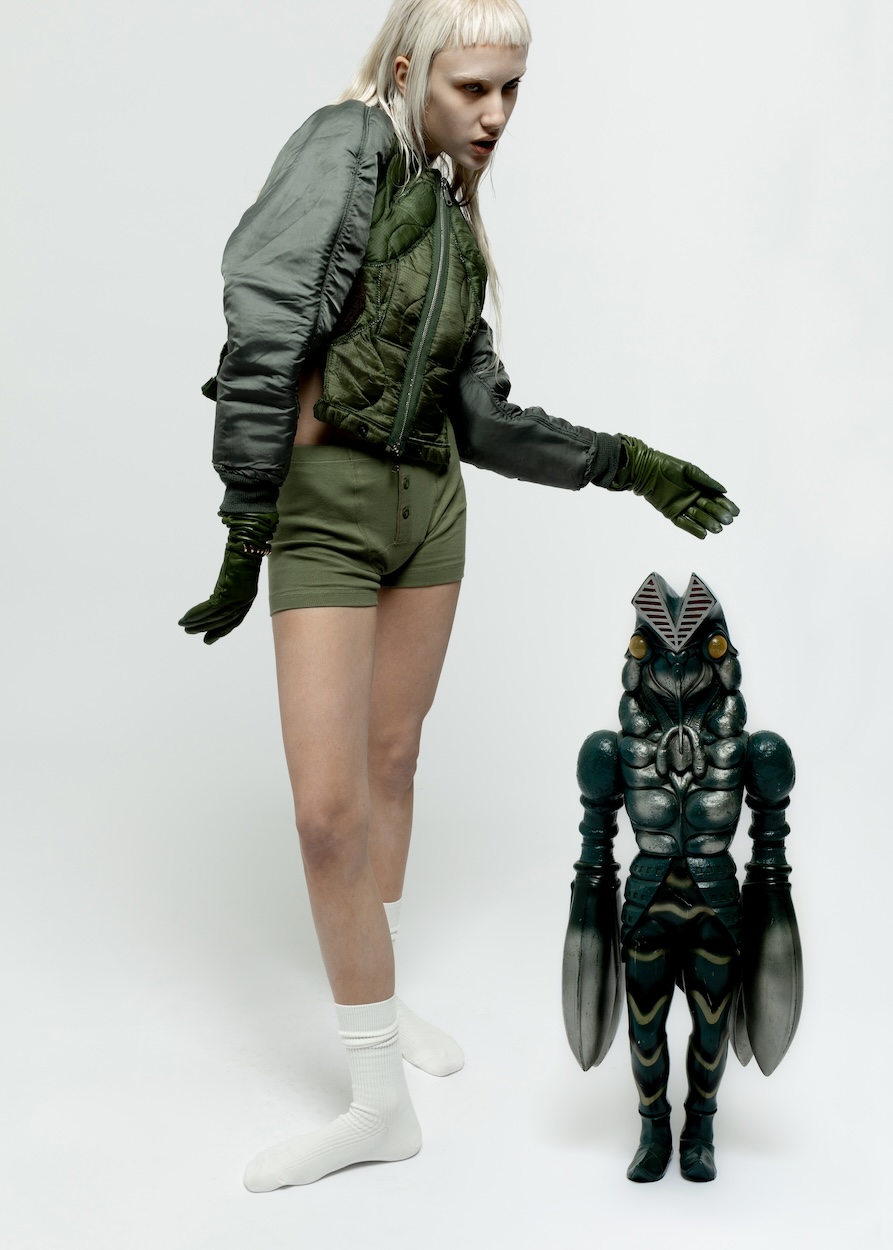
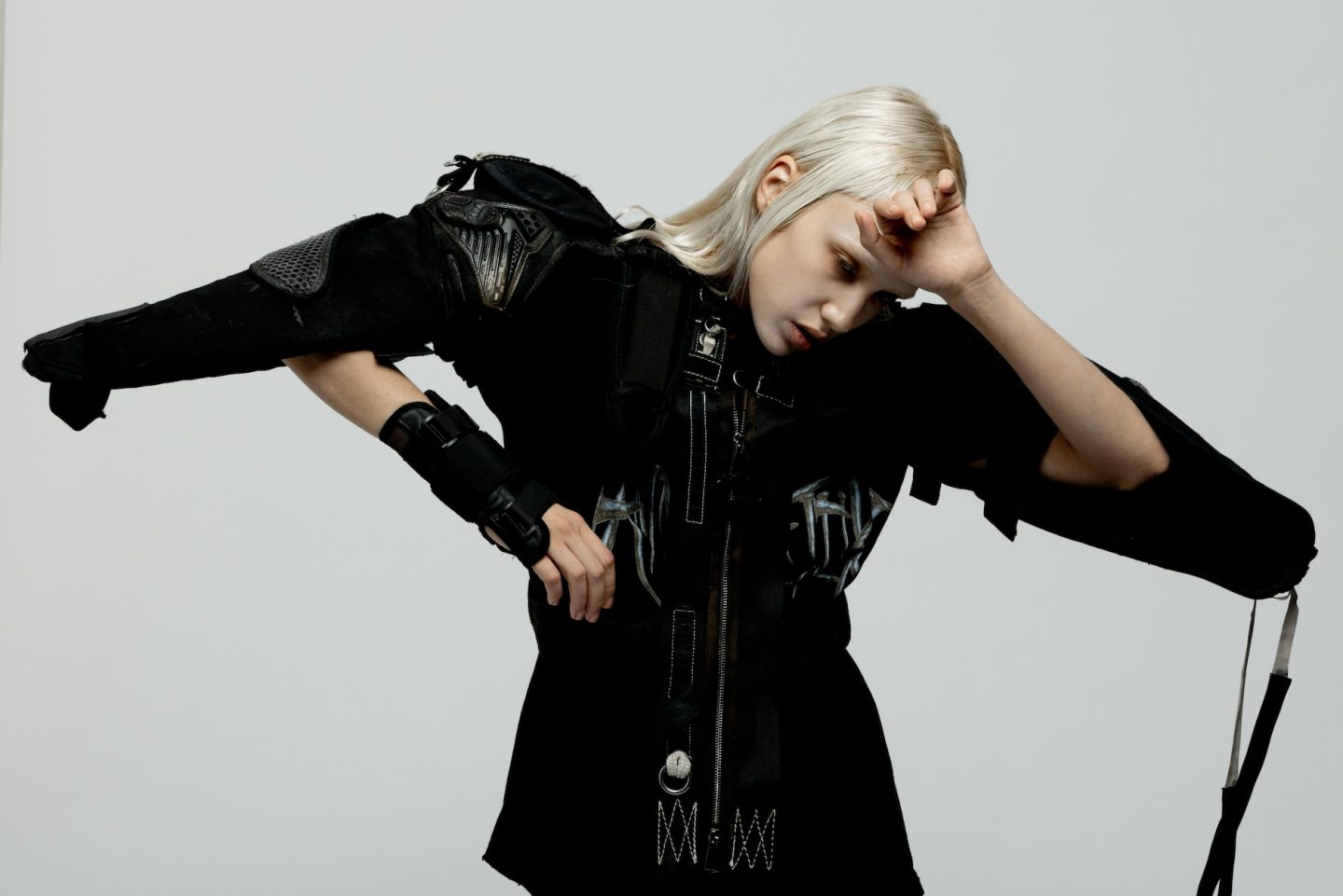

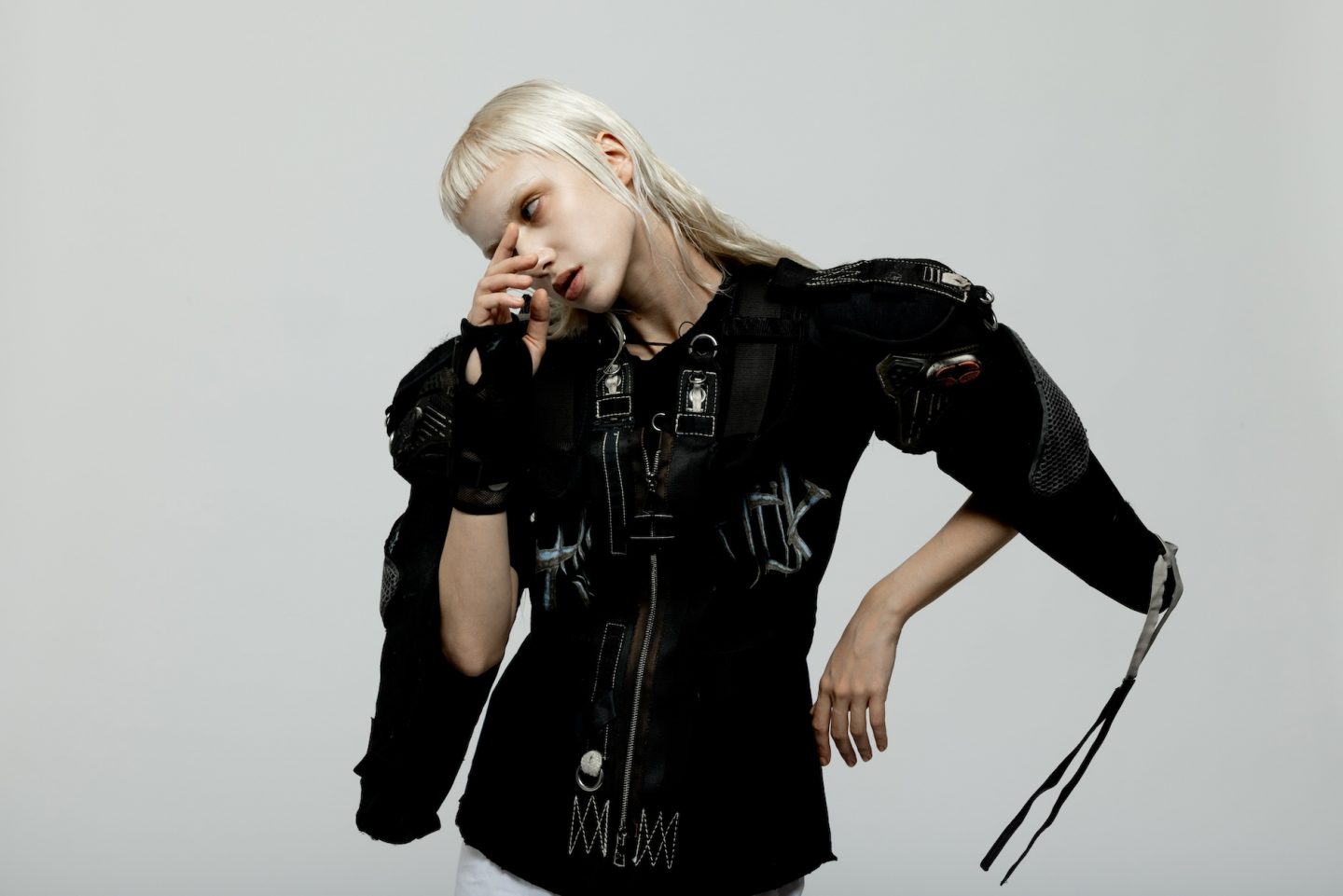
Courtney MC represents a rare designer who has proven to be able to engage customers with meaningful designs that elevate a brand’s aesthetic presence without compromising creative integrity or relying on hype-campaigns.
The artist has contributed to a range of Givenchy’s most memorable moments of the decade and has since ascended to collaborate with Travis Scott, Supreme, and Byredo.
first Learn from observing how other people operate and reflect on how it made you feel. You don’t have to act tough. You gain respect when you act respectfully.
second Focus on the parts of your job where you are strongest and enjoy the most; efficiently delegate the rest. Conservation of emotional and creative energy is crucial.
third You’re going to reach a breaking point at some juncture, maybe even shed tears, and that’s okay. Women have less testosterone, which is a useful tear-inhibiting hormone. If people feel uncomfortable, who cares? It doesn’t make you appear weak. The true demonstration of your strength lies in how you communicate with your team, why you are upset, and how you move forward.
I had not done an editorial for a few years and was itching to get back to creating images in that way, so you contacted me at the perfect moment. This visual story, featuring a young hero whom I named ‘Blackbird,’ is really in line with my overall brand-storytelling and the characters I like to dress. Blackbird is an incredibly fearless battle-angel but often broken-winged by her fight. The toys are symbolic of the youth we hold onto as adults, providing comfort in our darkest moments. Ultimately, I think our fight as adults is a response to our childhood, particularly as young women growing up, fighting for our seat at the table.
Absolutely, Blackbird is someone who has had to pick herself up and get back to the battle. I’m someone who has persevered to get to this point of confidence in myself and my creative vision. Blackbird is an ode to that young woman that I once was. This industry can be brutal to navigate if the goal is to simply make beautiful things, so I’ve shaped my approach as a creative director/manager of creatives with this in mind.
I have been making clothing by hand since I was very young and always knew what I wanted to do. I studied for 6 years, earning an MA in Fashion Menswear at The Royal College of Art in London. My true schooling was at Givenchy, where I studied under Riccardo Tisci for 9 years, eventually becoming a Design Director there. When I left Givenchy, it was because I knew I wanted to do something for myself; I had a range of artistic roads to pursue.
I have to say that a select few influential individuals I’ve worked with were keen to support and elevate the women that worked with them. Within the menswear market, there were well-positioned men, and they were never going to see me on their level. I have also had a lot of experience of being railroaded or undermined, most often by men with much less experience. It’s not something I stand for now; the industry is in dire need of more female leads. The female gaze on menswear can be a great perspective and is absolutely necessary within womenswear
My brother and I have been obsessed with art toys since we were young. We have always had a very weird ritual of going toy shopping together whenever we can. Both our homes have toy shelves in the living rooms, both featuring Star Wars battleships, and both our spouses can’t stand them! But it’s our thing. Japanese character designers are just the most inspiring people to me, honestly. The weirdness that they create is so cool; it’s dark, cute, and strange all at the same time. So I think that’s why I love collecting and owning the toys. I think they just bring me so much joy, and I find them to be such beautiful sculptures.
I build outfits normally based on one key item that I love and try to keep it quite real and simple so that the clothes don’t distract from the character and the face. The girl is often in my spirit; a bit “homme-girl,” often with a dark romantic facet, and always showing an element of strength. I love mixing designer with vintage; a Rick Owens coat and a cheap, trashy tee and sneakers. Very school run-mum vibes. I learned a lot about styling from working with Panos Yiapanis and Katy England on the shows for many years and Riccardo Tisci, who is actually an amazing stylist himself.
I’ve had the benefit of extensive trial and error in my approaches to working for/collaborating with people and brands. I am firm that if you want something from me, it’s going to involve giving me the freedom to do my process; Travis’s stylists, Peri Rozenzweig and Nick Royal (aka Hardstyle), were great for that. I trust that what they’re asking me for is exciting and relevant, and I have mutual respect for their vision. Of course, there are clients that want to micromanage and mess around with every pixel/stitch; those are the jobs I try to avoid now, unless the pay is substantial. Sometimes even the money isn’t worth it though; these principles are maintained across all my collaborations.
“I do love a strong graphic; it’s something I’ve built my career on.”
We used the Annihilator tee in this shoot for its warrior-like message, and then in contrast, there is also the Meltdown tee, which is the other side of the coin. I have never touched AI, and I don’t really want to personally. The joy I get from creating with my own hands and embracing my own human limitations is the reason I love my craft. Why would you want to give that part up to AI?
I’ve been a huge fan of Darren Romanelli and Hardy Blechman for a long time and was inspired by their upcycled work because it’s like owning a piece of art, rather than clothing. It wasn’t until lockdown that I had the time to really start exploring the medium myself, and, of course, I was rebelling against everything that I had been doing in the years prior at Givenchy. It was the meditation I needed; to just sit and drape and hand-stitch everything. There’s so much more for me to discover in this medium; it’s endlessly inspiring.
Fashion is not trying to be more sustainable at all; this must be stated. It’s all for appearances. If the industry wanted to be sustainable, they wouldn’t still be producing on this level. Upcycling is a great way to present new ideas from waste clothing, and when done well, it’s always going to be cool. I would like to see serious restrictions on fast-fashion production, if not a complete ban. Luxury should slow down as well. We don’t need this much stuff, this many drops, this much pointless hype. I think I’m not alone in the desire for more breathing room to appreciate the true art of fashion and the individualism it can offer.

Photography by Ronald Dick; Interview by Carolin Desiree Becker

On fire: AIREI did it again
Interview by Sina Braetz

Gunna has crossed over many times. After signing to Young Thug’s YSL Records, he became…
Photography by Sandy Kim